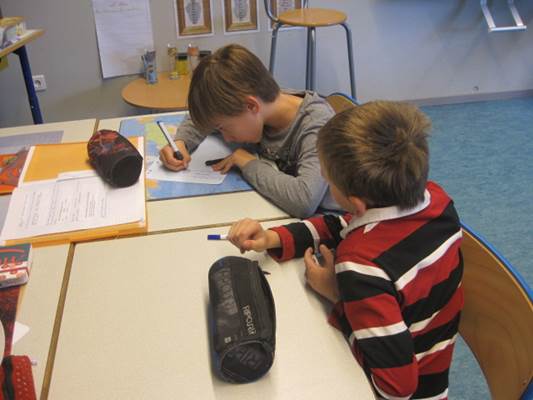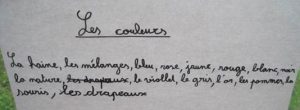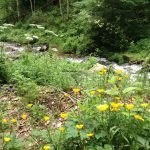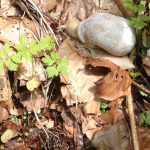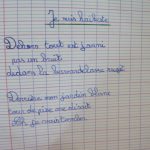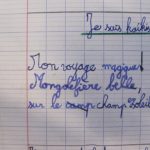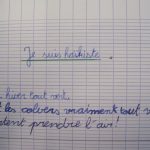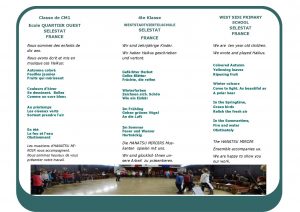Summary
Haiku is an entry point for both non-musicians and musicians. The text, the essence of the play, may be written by the children. The professional (teacher, trainer, musician) can then direct the musical creation.
Haiku allows for numerous cross functional developments and openings for creativity. It becomes a support for musical creation.
Duration: 3 x 30 min
Age: from age 8
Key words creativity and entrepreneurship: Imagination, Flow of ideas, Originality of ideas, Tolerate failure, Working in teams
Description
Step 1: Research into haiku and its context
- Study Japan (geography, history, economics, news)
- Approach Japanese culture (respect, politeness, art, tradition and modernity, etc.)
- Read haikus collected by the teacher and / or students, display haikus in the classroom: let, images, emotions, dreams, listening, looking, grow
- Identify other fields for cross functional development: calligraphy, ikebana flower arranging, origami, manga, bonsai, tea ceremony, Japanese garden, etc.
Step 2: Write a haiku
-
Characteristics of the haiku: what is a haiku?
- a Japanese poem, an effect of the art of language that aims to suggest a meaning, image and rhythm, an emotion or a state of mind
- a short poem in three lines of 5/7/5 syllables
- a theme that refers to a season
2. Preparation for creation
- provide items that suggest the chosen theme
- enrich the lexical field through research (brainstorming) on the seasons and themes for student’s haikus in the future: search for similies
- provide pictures suggested by the imagery from the haiku
- or take pictures during walks that might inspire the atmosphere of a haiku
3.Write haiku from the identified criteria
- be guided by the imagination
- some words can be invented
examples of haiku written by students and introduced into the performance program
| French | German | English |
| Automne coloré Feuilles jaunies Fruits qui mûrissent |
Gefärbter Herbst Gelbe Blätter Früchte, die reifen |
Coloured Automn Yellowing leaves Ripening fruit |
| Couleurs d’hiver Se dessinent. Belles Comme un ours blanc |
Winterfarben Zeichnen sich. Schön Wie ein Eisbär |
Winter colours Come to light. As beautiful as a polar bear |
| Au printemps Les oiseaux verts Sortent prendre l’air |
Im Frühling Gehen grünen Vögel An die Luft |
In the Springtime, Green birds Relish the fresh air |
| En été, Le feu et l’eau Obstinément. |
Im Sommer Feuer und Wasser Hartnäckig |
In the summertime, Fire and water Obstinately |
References
Écrire des haïkus by Patrick GILLET, 2015, Éditions Écrire Aujourd’hui
Competencies
The pupils are able to:
- express through writing;
- translate thoughts into words;
- enrich the lexicon, invention;
- improve language skills.
Materials
No equipment needed.
Module Overview |
